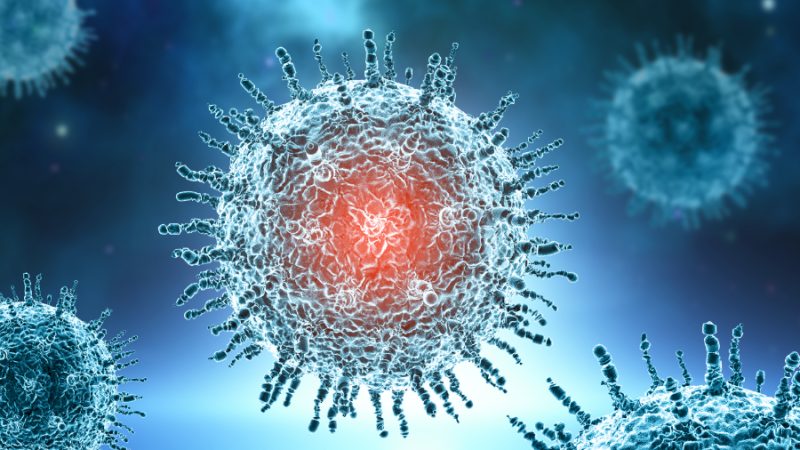Globally, the search for potential drugs and vaccines is proceeding rapidly. A collaborative acib-research project focuses on the identification, evaluation and pre-clinical testing of a certain group of active ingredients, combining faster availability with high effectiveness. These so-called antiviral drugs have been used in the fights against HIV, MERS and SARS. They can inhibit the multiplication rates of enzymes or prevent virus particles from invading lung cells and consequently avert possible infections. This makes them effective tools in the fight against COVID-19.
Faster patient treatment due to drugs already available on the market
Many of these antiviral drugs are already available on the market, approved for other purposes. This makes it easier to repurpose them for a variety of applications, for example the treatment of COVID-19 patients. However, first these substances have to be identified as potentially effective. Therefore, the Graz-based Biotech company Innophore has been screening more than two billion active substances that might be active against COVID-19. In a next stage the most promising candidates will be tested in a BSL-3 laboratory at Medical University Graz providing the highest available safety standards in Austria. There, these substances will be optimized for further use and tested in-vitro in order to clarify their suitability for potential clinical trials.
Safe environment for highly infectious viruses
The in-vitro tests at Medical University Graz comprise three steps: First, toxicity tests are being conducted to eliminate potential cell damage and to determine the right substance concentration. For this, OC-43 isolates from the Charité Berlin as well as COVID-19 virus strains from 17 Styrian patients containing different virus variants were cultivated,. Different chemical compounds are tested to investigate the disruption of the SARS-CoV-2 replication. Among these compounds are inhibitors for replication enzymes as well as inhibitors, which can block essential viral transferases. For this, the virus will first be introduced into cell systems of vero cells, derived from apes, and subsequently reproduced. In a next step, scientists infect the cells – with and without adding the drug in different concentrations. The infection process is monitored by different assays and quantitative polymerase chain reaction (PCR) to determining the titer of the virus and to learn if the drug can successfully be used to prevent virus replication.
Cell culture models reduce animal testing
In the second phase, the scientists precisely monitor and study the absorption rates, effects and possible side effects of the drugs outside the human body using so called human organoids. These cell groups, grown in the laboratory, mimick the structures and characteristics of the human body. The more information can be gathered in these petri dishes about how substances might work in the human body, the less animal testing is needed, shortening drug development time significantly.
Developing new classes of drugs
In the last phase, the scientists test the suitability of different drugs for clinical use, mainly focusing on the pre-clinical phase. The more extensive and promising the data, the higher the possibility that the industry will further investigate and develop these drugs for their use in humans. We still don’t know when it will be possible to develop a suitable drug but in the end a combination of various different concepts will be needed to win the fight against COVID-19.
Picture credits: Background photo created by kjpargeter – www.freepik.com
